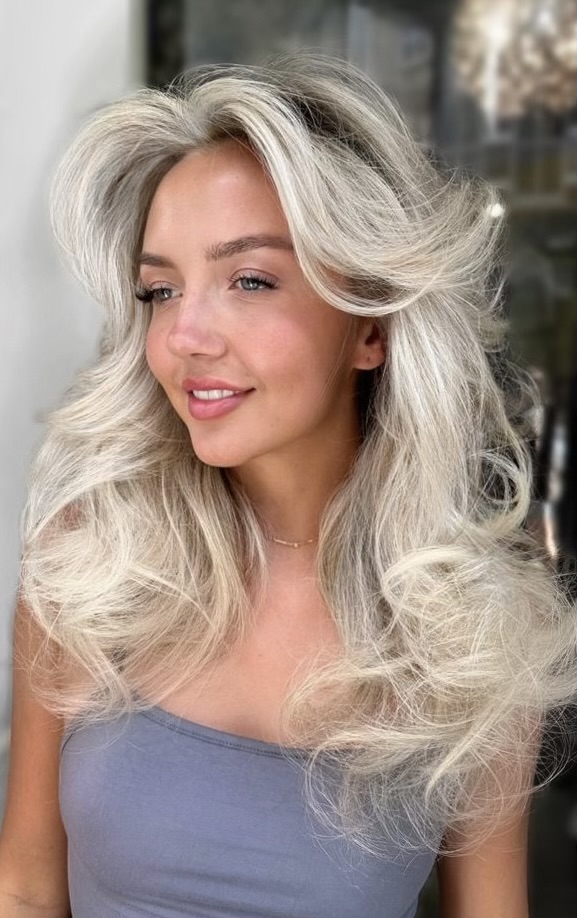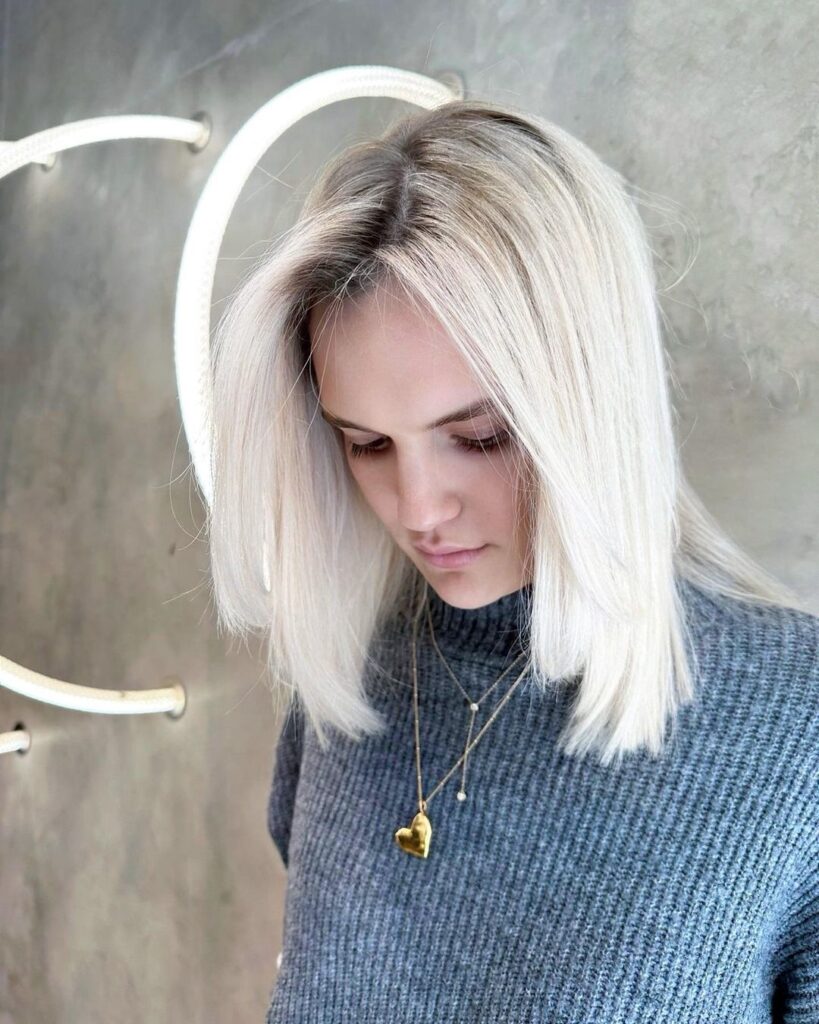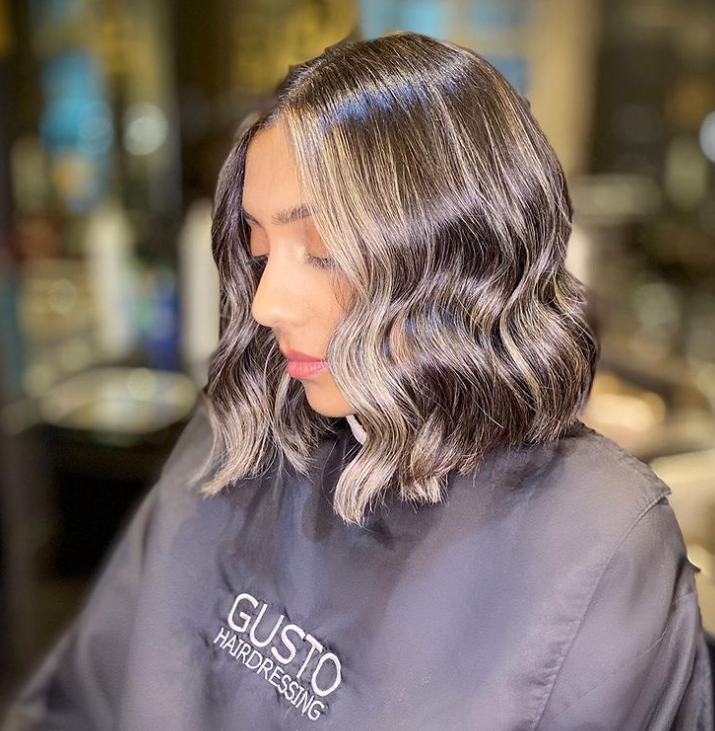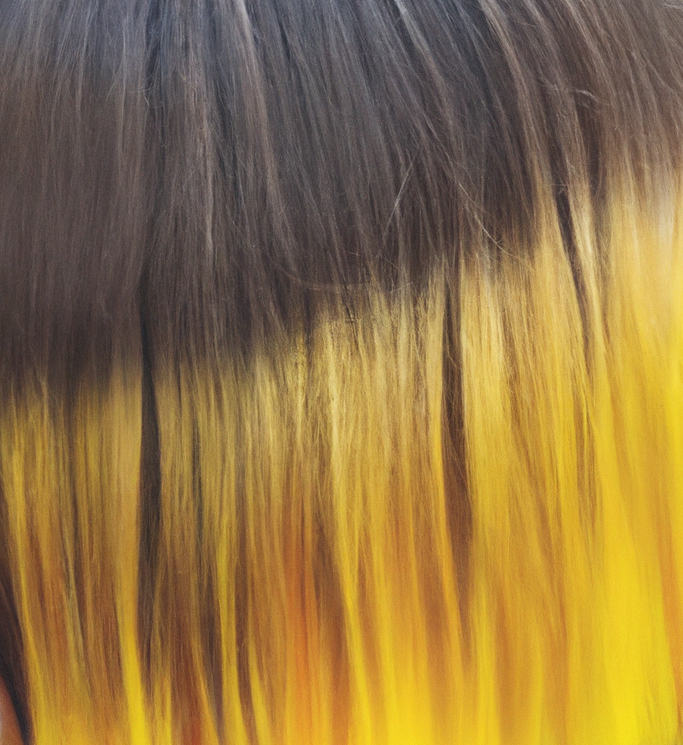Can Colour Lift Colour?
Can Colour Really Lift Colour?
Colouring hair is an art filled with exaggerated claims. Clients often come to the salon wanting to go lighter or completely change their colour dramatically. This leads stylists to make the dubious claim that merely applying a lighter colour can "lift" or lighten an existing dark shade. But does it actually work or does it require bleaching the hair first to remove pigment? The answer is not so simple. While some lifting is possible under certain circumstances, the effectiveness of colour-to-colour lightening is vastly overstated.

The Limited Science Behind Hair Colour
To understand the constraints around lightening with colour alone, it helps to review some colour chemistry basics. Hair colour comes from melanin granules inside the hair shaft. This melanin absorbs light selectively, resulting in the colour we see.
There are two types of melanin:
- Eumelanin - Responsible for brown and black shades.
- Pheomelanin - Provides warmth and accounts for blonde and red hues.
When hair is coloured, semi-permanent or permanent dye molecules penetrate the hair shaft and bond with melanin granules. Permanent colour uses ammonia and peroxide to open the cuticle and deposit lasting dye inside the strand.
Why Colour Alone Has Marginal Lightening Power
Typically, to achieve meaningful lifting or lightening, stylists must use bleach (hydrogen peroxide) to strip out melanin before applying the new lighter colour. Adding ammonia also helps swell the cuticle so more pigment releases.

Colour alone simply cannot override stubborn underlying melanin, especially darker eumelanin. While some minor toning effects are possible, claims of dramatic lightening using only colour are greatly exaggerated. For significant changes, there is no getting around the lifting power of bleach.
When Can Colour Slightly Lift Colour?
Here are a few cases where applying a lighter shade might make a subtle difference by diluting or toning down an existing dark colour:
Barely Noticeable Lightening
- From dark brown to medium brown
- From light brown to dark blonde
- From dark red to medium auburn

The lighter colour cannot completely override the existing shade. At best, it may counteract some warmth or add a slight brightening effect on damaged hair.
Tonality Shifts
- Ashy tones masking brassiness
- Silver toner hiding gold tones
- Violet reducing brassy orange cast
By neutralising unwanted undertones, lighter colours can reflect a bit more light for a minimal overall brightening effect.
Sheer Tints on Light Bases
- Pastels on pale blonde hair
- Soft pink on silver-white hair
Very light base colours allow more vivid overtones to show through for a hint of colour change.
However, these changes are quite subtle. Claims of dramatic colour-to-colour lightening are largely inflated. Bleach is necessary for truly transforming dark hair to light shades.
Techniques Cannot Overcome Colour Limitations

Some techniques can help maximise subtle lifting and toning effects from colour alone:
- Pick shades lighter than the target level
- Use high-lift blonde dyes with lighteners
- Mid-shaft application with lighter ends
- Low 10 volume peroxide developer
- Adding heat to open cuticles
However, these techniques cannot transcend the inherent limitations of colour-only lifting. While they may provide a slight boost, the results pale in comparison to what can be achieved with proper bleaching.
When to Insist on Bleach
As much as stylists want to avoid damage from bleach, it remains mandatory in these cases:
- Lifting more than 2 shades lighter
- High-contrast colour changes
- Removing artificial colour
- Lightening regrowth at the root
- Dramatic transformations of any kind
If the existing shade is too stubborn, bleaching is the only way to achieve even, consistent lightening. Colour alone simply cannot override dark melanin effectively.
Maintaining Realistic Expectations
While the theory of colour-to-colour lightening sounds promising, the results are marginal at best. Claims of dramatic lifting using colour alone are vastly overstated. For significant lightening, skillful bleaching techniques remain essential despite the risks of damage.
Yes, some tonality shifts are possible, but stylists must be upfront and realistic to clients about the limitations. Miraculous lifting without bleach is sadly more fiction than fact. There are no shortcuts to chemically transforming hair colour. Honesty and transparency are essential when navigating clients' colour expectations versus the reality of what is safely achievable.
BOOK YOUR APPOINTMENT AT GUSTO HAIR SALONS IN SOHO, OXFORD STREET & COVENT GARDEN
To book, please call Gusto Hairdressing Salon in Soho on 020 7287 0015 Covent Garden Salon on 020 7836 9163, or Oxford Street Salon on 0207 486 5044. Book online for our Covent Garden Salon, or Oxford Street Salon.
For more inspiration, don't forget to check out our socials! Find us on Instagram or Facebook.
